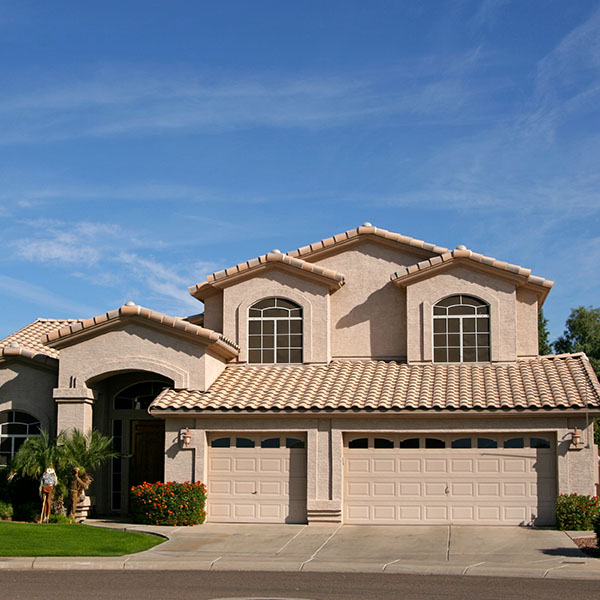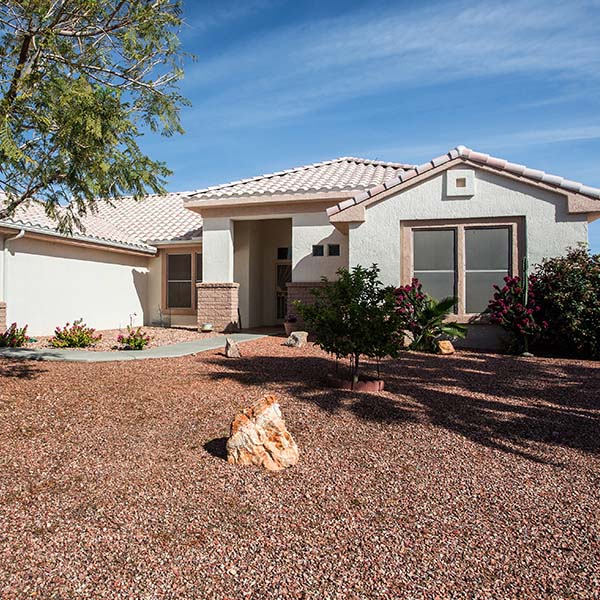Roofing

Elite Roofing Service and Solutions
Our pros are here for you if your roof needs service. We provide repairs, replacements, and routine maintenance for the following:
- Foam Roofing & Coating: Advanced, lasting protective foam roofing and coating layers are customized to fit virtually any home or business.
- Tile Roofing: We can service clay, concrete, and slate-style tile roofs, ensuring they meet the demands of our harsh and hot climate.
- Shingle Roofing: Our shingle roofing services include repairing and installing new and current shingle layers.

Increase Your Satisfaction With Residential Roofing
Your roof is essential to protecting your home and your family. If your property is having trouble with water leaks, uneven temperatures, or invasive pests, then your roof may be in disrepair. Our team has serviced countless homes throughout the area with residential roofing repair and installation needs. As experienced professionals, we can service a wide range of homes. Whether you want to boost your curb appeal or resale value, our services will improve your family’s quality of life.
